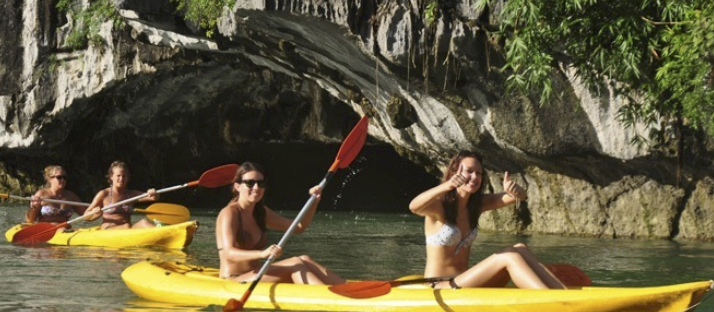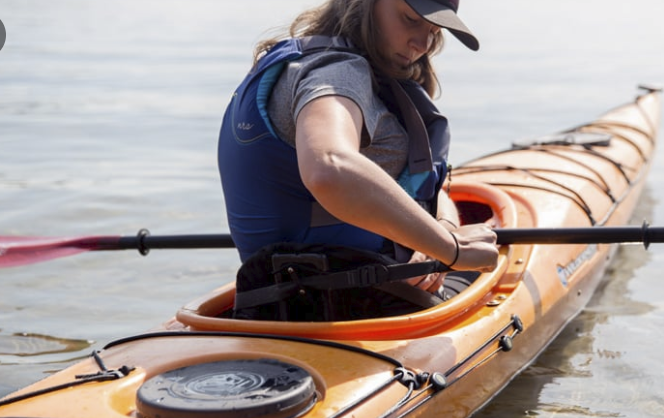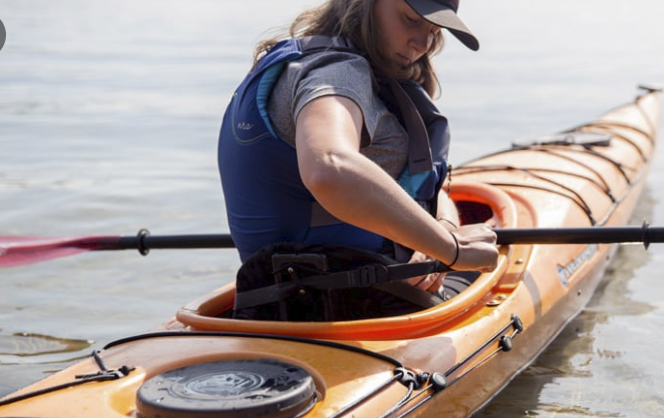Originating from the Eskimo Aboriginal people, Kayaking is now becoming a form of modern sports experience.
Kayaking is becoming a sport attracting many young people to participate
This sport gives players a very unique experience, sometimes facing the ferocity of a fierce waterfall, sometimes letting yourself float along the calm water, enjoying nature in many different levels of emotions. Kayaking is like an addictive food for all the active young people who have ever tried it.
The first Eskimos Kayaks
Kayak has a small structure, slim for 1 person to sit, and can be used entirely by human power. Initially, Kayaks were used by Eskimo fishermen to hunt for seahorses and whales. But over time, Kayaks developed into a popular sport in today’s modern world.
Gentle relaxation with the fun of kayaking on the river
Taking a break from working hours, studying stress, or simply finding a sense of relaxation, many young people come to enjoy kayaking on the river. The posture of sitting on the boat is also somewhat different, you are located close to the water surface, so you can easily feel the flutter of each wave or the passing wind on the river’s surface.
Kayaking on the river – a hobby of young people
The interesting point of Kayak is that you can immerse yourself in the sky and uniquely watch the natural landscape. Players can row out to the middle of the river by themselves or sneak into each corner, explore the river in their way, or simply enjoy the feeling of peace.

Conquering nature with kayaking
Plunging on the fast-flowing waterfalls, swinging through each rock, and struggling with the fierce waves are impressive images that remind people of Kayak. Mon adventure sports not only challenge the player’s courage but also helps them train perseverance, calm decision-making process situations correctly.
The attraction of Kayak over the falls is also that players have the feeling of conquering nature when overcoming a fierce wave, just as when they overcome a challenge in life.
Kayak also has a lot of health benefits
Not only that, but kayaking also helps players get supple health, a more ideal body because rowing movements increase the strength and endurance of the muscles in the arms, legs, abdomen, chest. Kayaking also helps burn excess fat for you to have a more perfect body and prevent some diseases of the bones and joints.






